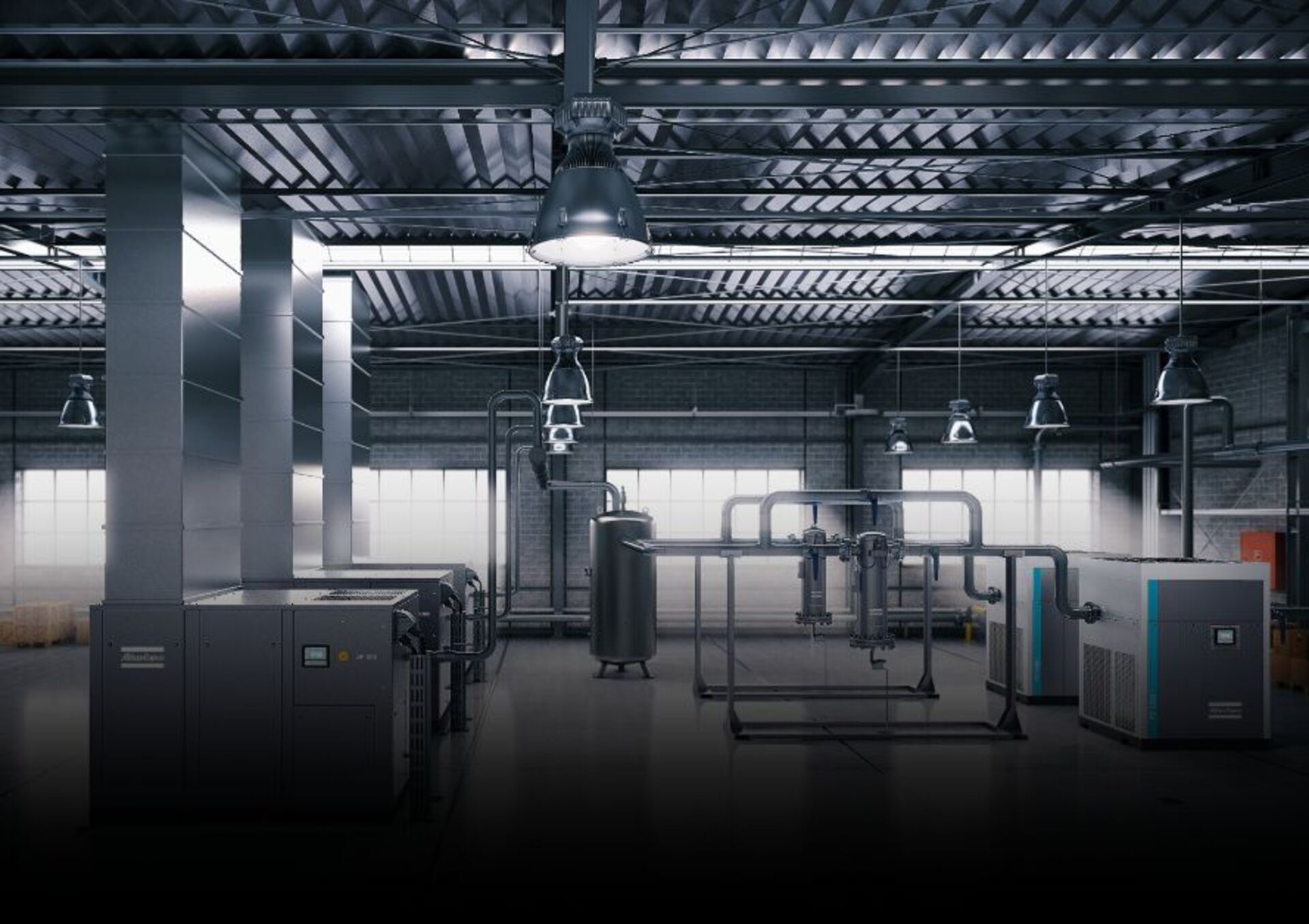
No Time to Read?
Let's Explore the Blog Together to Know What's Inside in 5 min summary video
Introduction
The whole list of blogs we have provided is written in the context of a health and safety management system, whose purpose is to prevent and limit unwanted work-related incidents. Nowadays, corporations can receive certification of a particular standard according to the major intended objective of the business, standards like ISO 9001, ISO 14001, ISO 31000, ISO 22000 and other vast ISO standards. Regarding occupational health and safety management. Two well-known standards are ISO 45001 and OHSAS 18001, By the end of 2021, ISO 45001 have replaced OHSAS 1800.
Any organization is legally bound to provide the occupational health and safety to workers or anyone else who might be affected by their activities, including physical and mental health. Accordingly, the adoption of the occupational health and safety management system enables the organization to successfully implement proper control measures to protect employees from work-related injuries and ill-health and continually improve the occupational health and safety performance
Q1: What are purposes, aims and intended outcomes from OH&S Management system?!
First of all, the main purpose of the management system is to provide a framework to manage OH&S risks and opportunities for continual improvement. Consequentially, aims and outcomes are achieved when providing a safe workplace to workers and other workplace users (visitors, stakeholders, customers, and trainees) in order to eliminate and prevent work-related injuries and ill-health caused by workplace activities.
Further, the Health and Safety Management System will assist the organization in fulfilling the legal requirements and other requirements from stakeholders and third parties (partners, insurance companies, global standards)
Q2: What are Key Factors of OH&S Management system success or failure
Always, an effective management system starts with high board (top management) members, which can be done through:
-
- The Commitment, Leadership, Responsibilities and Accountability
- Implementing, leading, developing, and promoting a safety culture in the workplace that meets and supports the organization’s outcomes
Both points are effectively shown by:
-
- Set OH&S policies and Procedures that meet the major message and vision of the organization
- Define SMART objectives that are compatible with those OH&S policies, procedures, and the overall organization’s direction
- Assign clear and well-known communication channels through management levels regarding all issues related to OH & S (hazards, risks, incident reporting)
- Consultation and participation with workers regarding Health and Safety issues availability of highly effective methods to identify hazards and risks
This will take place effectively by:
-
- Provide and allocate all necessary resources to implement and maintain a successful management system
- Guarantee of the OH&S system’s integration into the business processes
- Ongoing monitoring of the management system and continual performance evaluation
By then,
-
- Compliance with legal requirements is assured.
Q3: What are main verbal forms in ISO 45001? What is meant by each?
“Shall” : Mandatory Requirement
you can find verbal form “SHALL” in green color, bold, uppercase
“Should” : Recommendation
“May” : Permission
“Can” : Possibility and Capability
Clause 1: Scope
Q4: Who is intended to embrace ISO 45001 Scope? Is ISO 45001 assigned to limited sectors?
Fortunately, the ISO 45001 Standard is extensively applied by any organization that wishes to establish, implement, maintain, and improve the occupational health and safety management system in order to provide a safe and healthy workplace and prevent work-related injuries and ill-health, disregarding size, type, and frequency of activities.
Clause 3: Definitions
Q5: Specify main terms and definitions in this standard
Interested party/Stakeholder
Person or organization that can affect, be affected by, or perceive itself to be affected by a decision or activity [main contractor, client, customer, legal authority, partners, outsource workers]
Management system
Set of interrelated or interacting elements of an organization to establish policies and objectives and processes to achieve those objectives
Occupational health and safety management system
System or part of a management system used to achieve the OH&S policy
Occupational health and safety risk
Combination of the likelihood of occurrence of a work-related hazardous event(s) or exposure(s) and the severity of injury and ill health that can be caused by the event(s) or exposure(s)
Top management
Person or group of people who directs and controls an organization at the highest level
Hazard
Source with a potential to cause injury and ill health
Incident
Occurrence arising out of, or in the course of, work that could or does result in injury and ill health
I have a safety net, it’s called common sense.
– Safety Advisor
Q6: What is the difference between Participation and Consultation
Participation
Involvement in decision-making
ex: incident investigation, risk assessment, hazard identification
Consultation
Seeking views before making a decision
ex: policy, responsibilities, continual improvement, objectives
Q7: What is the difference between Contractor and Outsource
Contractor
External organization providing services to the organization in accordance with agreed Specifications, terms and conditions
Outsource
Make an arrangement where an external organization performs part of an organization’s function or process
FURTHER DETAILS ARE ARTICULATED LATER
Clause 4: Context of The Organization
The organization SHALL determine internal and external issues that affect its intended purpose and are relevant to achieving the outcome of establishing and implementing OH&S management (Q1).
The organization SHALL determine workers and *interested parties* who are relevant to health and safety management system
The organization SHALL determine their needs and expectations related to health and safety management system
The organization SHALL determine which of them could become legal requirements
Q8: who can be defined as interested parties?
- Suppliers
- Customers
- Partners
- Investors
- Owners
- Regulatory bodies
- Unions
- Competitors
- Society organizations
- Opposing pressure groups
Q9: What is meant by Occupational Health and Safety Scope?
Once the organization defines its core business scope (manufactured parts, heavy machinery, construction, service providing, etc.), that scope SHALL be met (go along with) the OH&S management system. That simply means defining the applicable scope and boundaries of the OH&S management system in the organization that go in parallel with the major scope of activities, processes, and tasks to control all risks arising
Q10: What to consider when determining OH&S Scope?
The Organization SHALL consider:
-
- Internal and External issues that may impact and influence OH&S management system (Q11)
- Needs and Requirements of the interested parties (Q8)
- Work-related activities, materials, products, services and processes within the organization.
The Scope of the organization SHALL be documented
Q11: Give examples of Internal and External issues
Internal issues include but not limited:
-
- Organization structure
- Roles and Responsibilities
- Policies and Procedures
- Safety Culture
External issues include but not limited:
-
- Domestic Laws
- Economic status
- Market conditions
- Business and competition
- International decrees, agreements, laws
- Political issues
Read more
- May 05, 2024
Watch Videos and Download Training Materials

- June 28, 2024
Underground Services Related Hazards Pt.3

- March 26, 2024
Underground Services Related Hazards Pt.2

- February 29, 2024
Underground Services Related Hazards Pt.1

- January 28, 2024
ISO 45001 H&S Management System Pt.3

- December 29, 2023
ISO 45001 H&S Management System Pt.2

- November 27, 2023
ISO 45001 H&S Management System Pt.1

- October 29, 2023
Step-by-Step Guide to Health and Safety Investigations Pt.2

- September 28, 2023
Step-by-Step Guide to Health and Safety Investigations

- August 25, 2023
How To Investigate Accidents and Incidents

- June 14, 2023
Hidden Facts about Work Related Stress at Workplace

- May 30, 2023
Lone Workers Associated Hazards and Risks

- April 26, 2023
Why Pregnant Women Need More Care at Work

- March 18, 2023
Methods of Skin Care and Protection at Work Pt.2

- February 06, 2023
Methods of Skin Care and Protection at Work Pt.1

- January 05, 2023
How to Prevent Manual Handling Injuries Pt.3

- December 05, 2022
How to Prevent Manual Handling Injuries Pt.2

- November 19, 2022
How to Prevent Manual Handling Injuries Pt.1

- October 14, 2022
How To “Evaluate Risk” In Risk Assessment

- September 04, 2022
Why Risk Assessment Is Important

- August 08, 2022
Fundamentals of Electrical Safety at work pt.2

- July 08, 2022
Fundamentals of Electrical Safety at work pt.1

- June 04, 2022
Avoid Bad Factors Inluencing Safety Behavior Pt.2

- April 06, 2022
Safety Tips to Operate Air Compressors Pt.3

- March 03, 2022
Safety Tips to Operate Air Compressors Pt.2

- February 02, 2022
Safety Tips to Operate Air Compressors Pt.1

- January 08, 2022
Financial Loss of Work-Related Accidents

- December 07, 2021
Major Features of Safety Culture in Workplace

- November 03, 2021
How to Write down Health and Safety Policy

- October 05, 2021
Core Elements to Manage Health and Safety

- September 09, 2021
Magic Tools for Identifying Hazards at Workplace

- August 12, 2021
6 Enemies Vs 6 Friends Critical For HSE Career success

- July 16, 2021
10 Tips guides to Start Health and Safety career

- May 01, 2021
Why Learning Health and Safety Engineering?

- April 10, 2021
Discover World before Health and Safety Engineering

- May 05, 2024
Watch Videos and Download Training Materials

- April 10, 2021
Discover World before Health and Safety Engineering

- May 01, 2021
Why Learning Health and Safety Engineering?

- July 16, 2021
10 Tips guides to Start Health and Safety career

- August 12, 2021
6 Enemies Vs 6 Friends Critical For HSE Career success

- September 09, 2021
Magic Tools for Identifying Hazards at Workplace

- October 05, 2021
Core Elements to Manage Health and Safety

- November 03, 2021
How to Write down Health and Safety Policy

- December 07, 2021
Major Features of Safety Culture in Workplace

- January 08, 2022
Financial Loss of Work-Related Accidents

- February 02, 2022
Safety Tips to Operate Air Compressors Pt.1

- March 03, 2022
Safety Tips to Operate Air Compressors Pt.2

- April 06, 2022
Safety Tips to Operate Air Compressors Pt.3

- June 04, 2022
Avoid Bad Factors Inluencing Safety Behavior Pt.2

- July 08, 2022
Fundamentals of Electrical Safety at work pt.1

- August 08, 2022
Fundamentals of Electrical Safety at work pt.2

- September 04, 2022
Why Risk Assessment Is Important

- October 14, 2022
How To “Evaluate Risk” In Risk Assessment

- November 19, 2022
How to Prevent Manual Handling Injuries Pt.1

- December 05, 2022
How to Prevent Manual Handling Injuries Pt.2

- January 05, 2023
How to Prevent Manual Handling Injuries Pt.3

- February 06, 2023
Methods of Skin Care and Protection at Work Pt.1

- March 18, 2023
Methods of Skin Care and Protection at Work Pt.2

- April 26, 2023
Why Pregnant Women Need More Care at Work

- May 30, 2023
Lone Workers Associated Hazards and Risks

- June 14, 2023
Hidden Facts about Work Related Stress at Workplace

- August 25, 2023
How To Investigate Accidents and Incidents

- September 28, 2023
Step-by-Step Guide to Health and Safety Investigations

- October 29, 2023
Step-by-Step Guide to Health and Safety Investigations Pt.2

- November 27, 2023
ISO 45001 H&S Management System Pt.1

- December 29, 2023
ISO 45001 H&S Management System Pt.2

- January 28, 2024
ISO 45001 H&S Management System Pt.3

- February 29, 2024
Underground Services Related Hazards Pt.1

- March 26, 2024
Underground Services Related Hazards Pt.2

- June 28, 2024
Underground Services Related Hazards Pt.3







